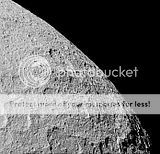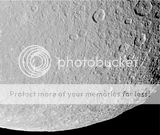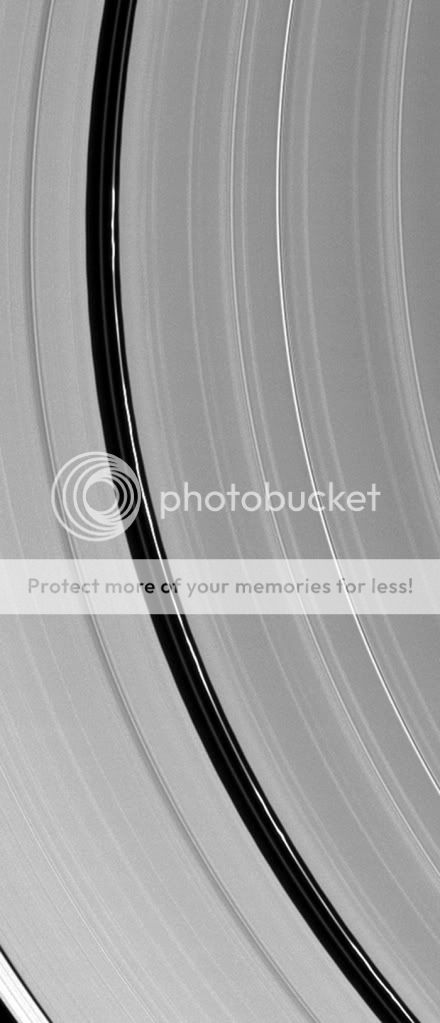E
EarthlingX
Guest
http://www.physorg.com : What is Consuming Hydrogen and Acetylene on Titan?
June 3, 2010
This artist concept shows a mirror-smooth lake on the surface of the smoggy moon Titan. Image credit: NASA/JPL
(PhysOrg.com) -- Two new papers based on data from NASA's Cassini spacecraft scrutinize the complex chemical activity on the surface of Saturn's moon Titan. While non-biological chemistry offers one possible explanation, some scientists believe these chemical signatures bolster the argument for a primitive, exotic form of life or precursor to life on Titan's surface. According to one theory put forth by astrobiologists, the signatures fulfill two important conditions necessary for a hypothesized "methane-based life."
One key finding comes from a paper online now in the journal Icarus that shows hydrogen molecules flowing down through Titan's atmosphere and disappearing at the surface. Another paper online now in the Journal of Geophysical Research maps hydrocarbons on the Titan surface and finds a lack of acetylene.
The absence of detectable acetylene on the Titan surface can very well have a non-biological explanation, said Mark Allen, principal investigator with the NASA Astrobiology Institute Titan team. Allen is based at NASA's Jet Propulsion Laboratory in Pasadena, Calif. Allen said one possibility is that sunlight or cosmic rays are transforming the acetylene in icy aerosols in the atmosphere into more complex molecules that would fall to the ground with no acetylene signature.
"Scientific conservatism suggests that a biological explanation should be the last choice after all non-biological explanations are addressed," Allen said. "We have a lot of work to do to rule out possible non-biological explanations. It is more likely that a chemical process, without biology, can explain these results - for example, reactions involving mineral catalysts."
"These new results are surprising and exciting," said Linda Spilker, Cassini project scientist at JPL. "Cassini has many more flybys of Titan that might help us sort out just what is happening at the surface."


































